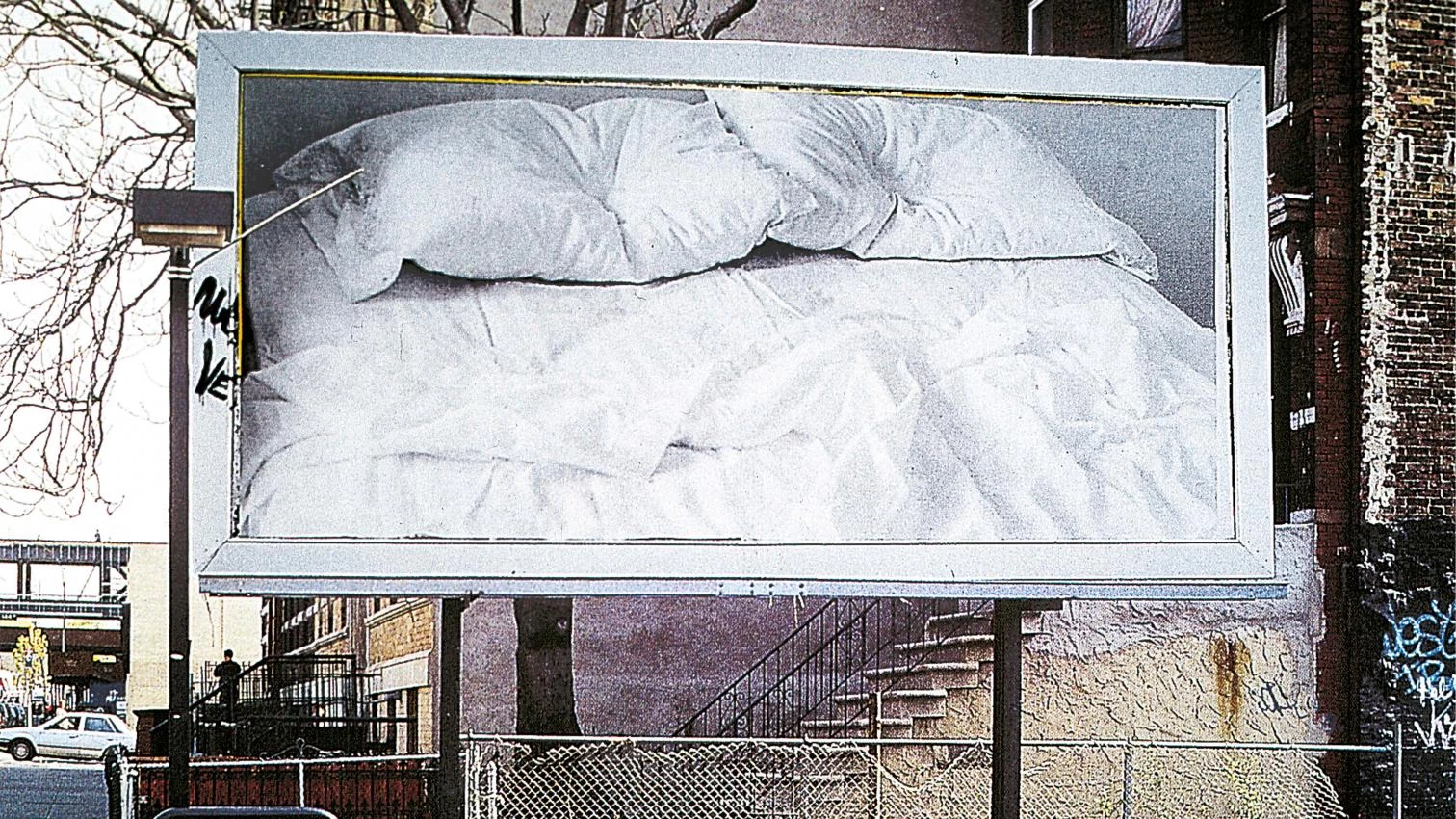
Félix González-Torres, Untitled, 1991
If architecture has become a dream factory, it is not only because its fictions compete with those of films in shaping the symbolic imaginary and mythical geography of the planet; it is also because its oneiric forms shape the amniotic universe that hides behind the eyelids of night. These shapeless designer dreams emerge in the diurnal city like the artificial topographies of the Roman venatio, fragments of a tameless and arbitrary nature in the even grid of the theme city, where an empire of signs floats in the haphazard music of change. Embryological houses and rooms only livable in the clinical space of the art gallery, those dream shelters for dreaming open up like marsupial pouches, protecting the inhabitant from nightmares: in their portable version, hardly 200 grams of polyester that swell like a prismatic balloon to provide shelter; in their most foreboding form, a bacteriological bunker that outlines an equivocal and soft sanctuary within the house. In these wombs dreams leave their marks, resembling those of the bodies on beds that Félix González-Torres displayed on city billboards to publicly reflect privacy and absence; the fantasy of love on the pillows and sheets that shroud the fainted flesh...[+]






